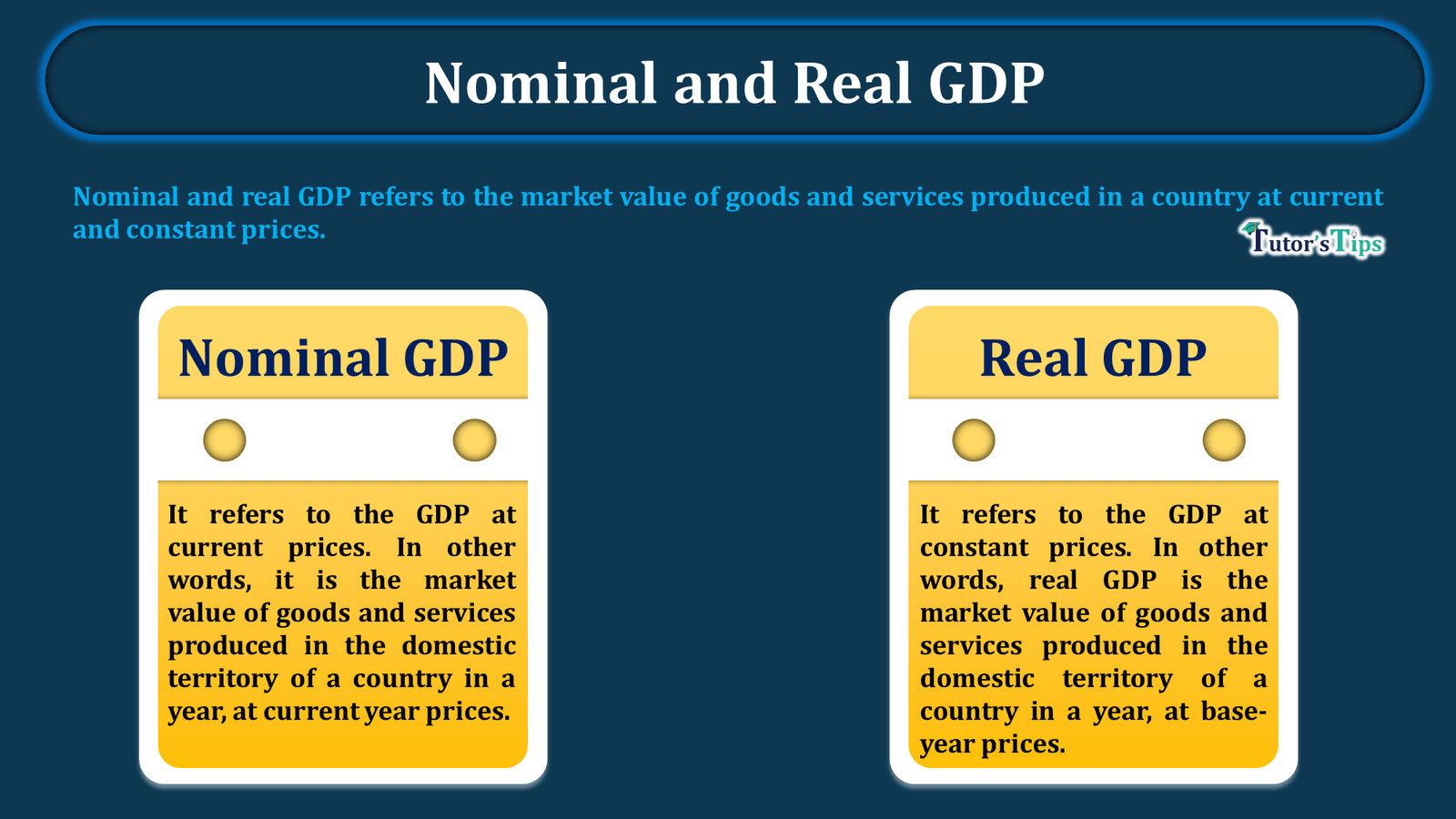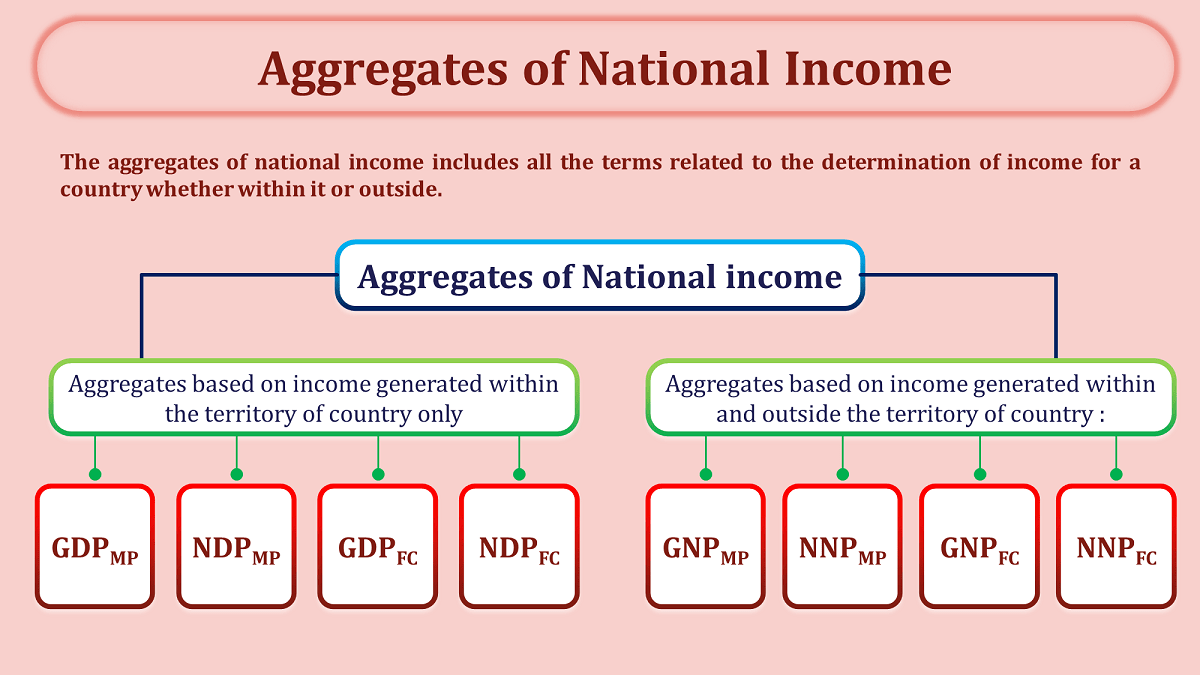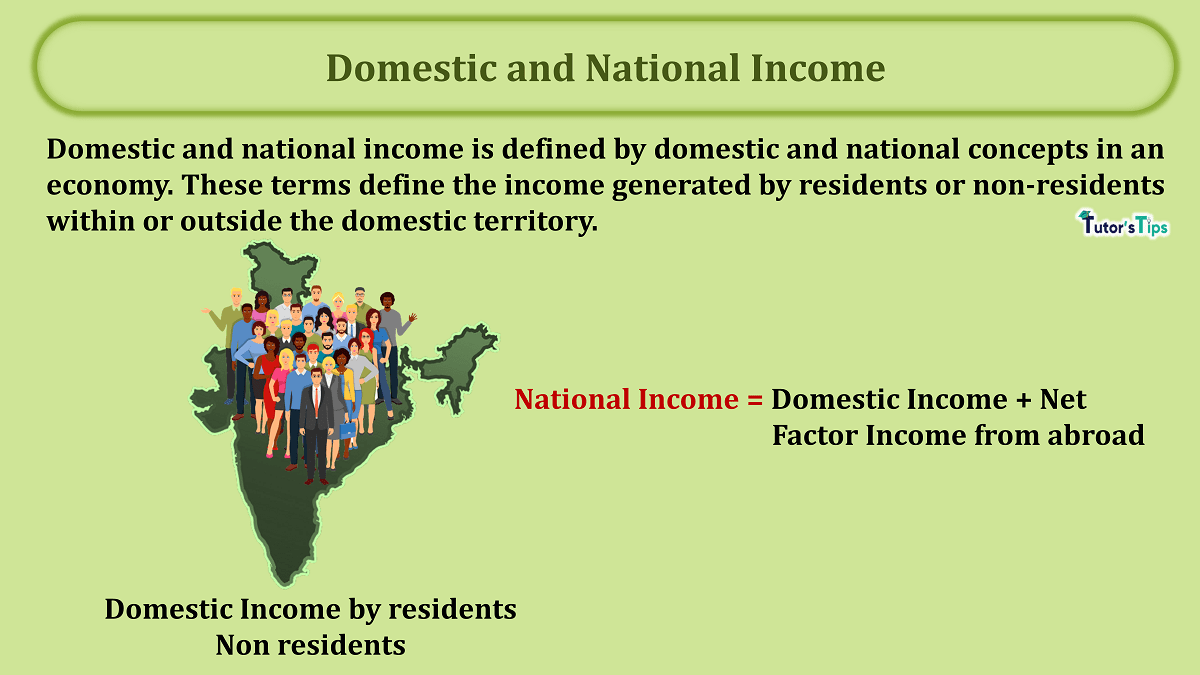Circular flow of money refers to the continuous circularity of real flows and money flows across different sectors of an economy.
Circular flow of money:
In an economy, the money flows from producers to households for the purchase of factor services is a continuous process. Similarly, the money flows from households to producers for the purchase of goods and services. It is a continuous process. This intersectoral flow never stops. Hence, it is known as “circular flow”. This never stops, because:
- demand for factor services by the households never stops.
- demand for consumer goods and services by the households never stops.
In other words, the circular flow of money between the producer sector and household sector never stops. It is because the process of consumption never stops and the process of production never stops.
Significance of the Circular Flow Model:
The understanding of the circular flow of money is important due to the following reasons:
Knowledge of intersectoral Interdependence:
This model helps to understand the interdependence among the different sector of the economy. In this, it is explained how the consumers are dependent on producers for the goods and services to meet the needs. Similarly, it also explains how producers are dependent on consumers for the supply of factor services.
Estimation of National Income:
This model facilitates the estimation of national income. For example, National income is the sum total of factor incomes flowing in the economy from producers to households. Here, the factor services include payments in form of rent, profit, wages and interest. Thus, it can be defined as the market value of goods and services flowing from producers to other sectors in the economy. Therefore, the circular flow of money is also known as the circular flow of income. Further, it may be defined as the sum total of the expenditures on the goods and services produced by the producer sector.
Thanks, and please share with your friends
Comment if you have any questions.
References:
Introductory Microeconomics – Class 11 – CBSE (2020-21)
Advertisement-X






1 Comment